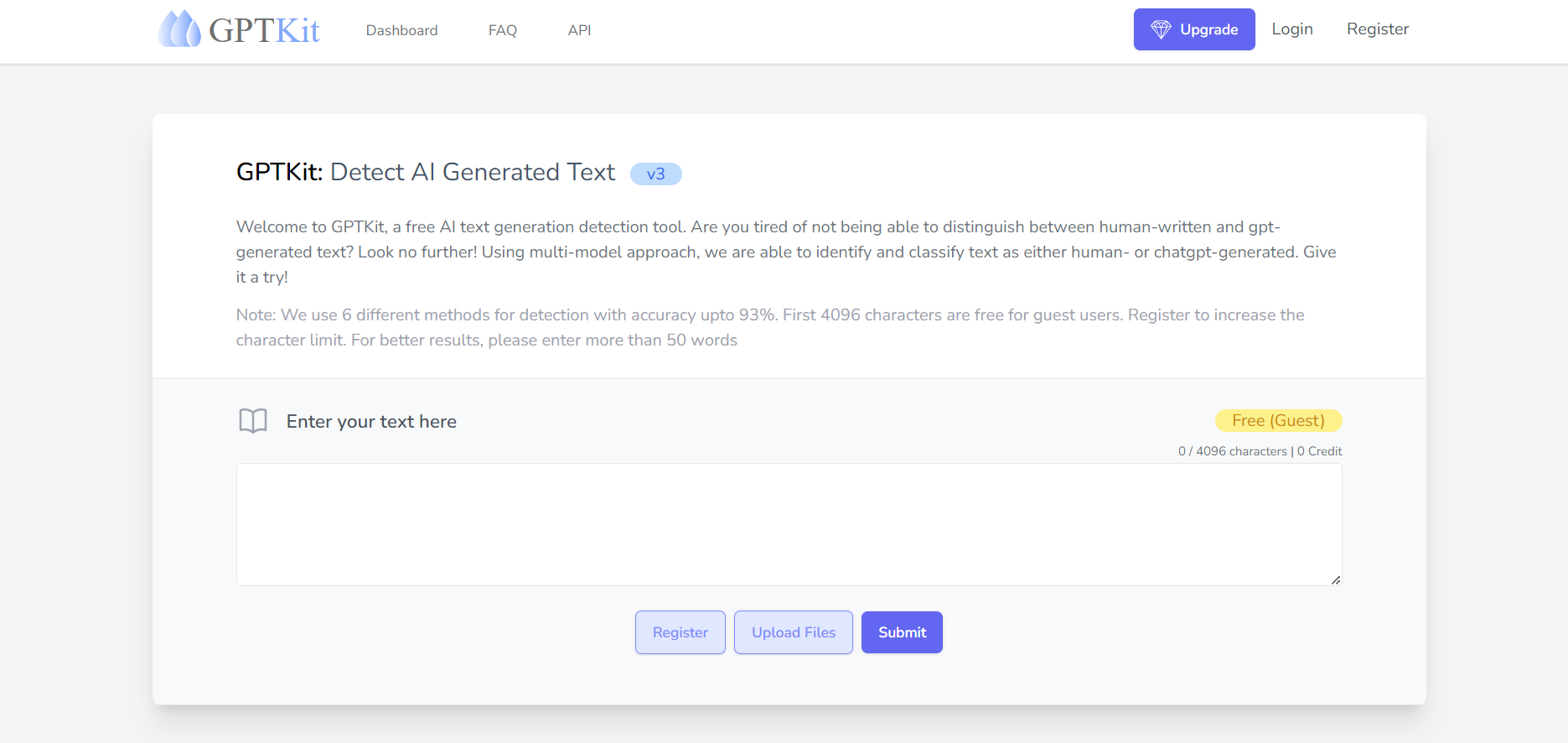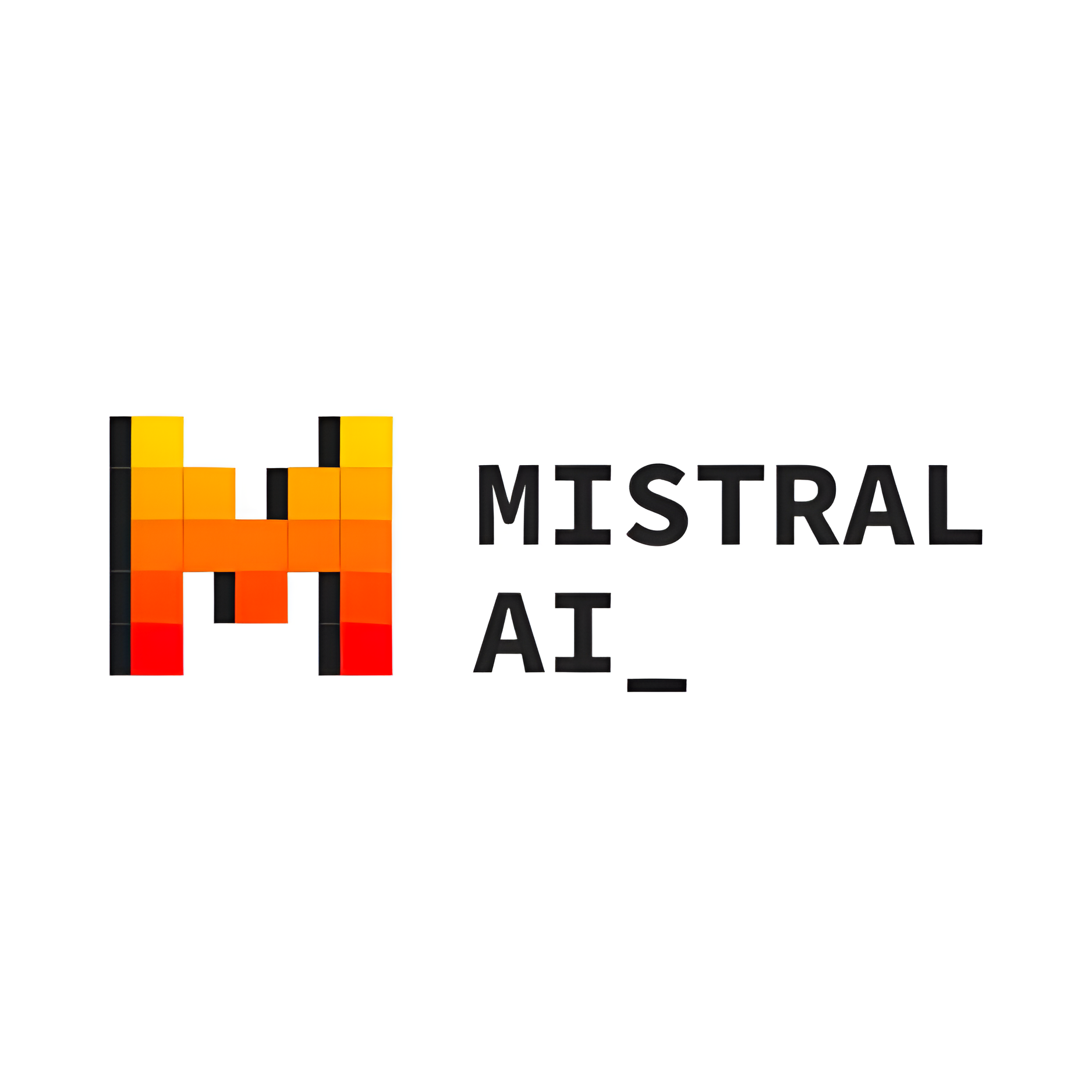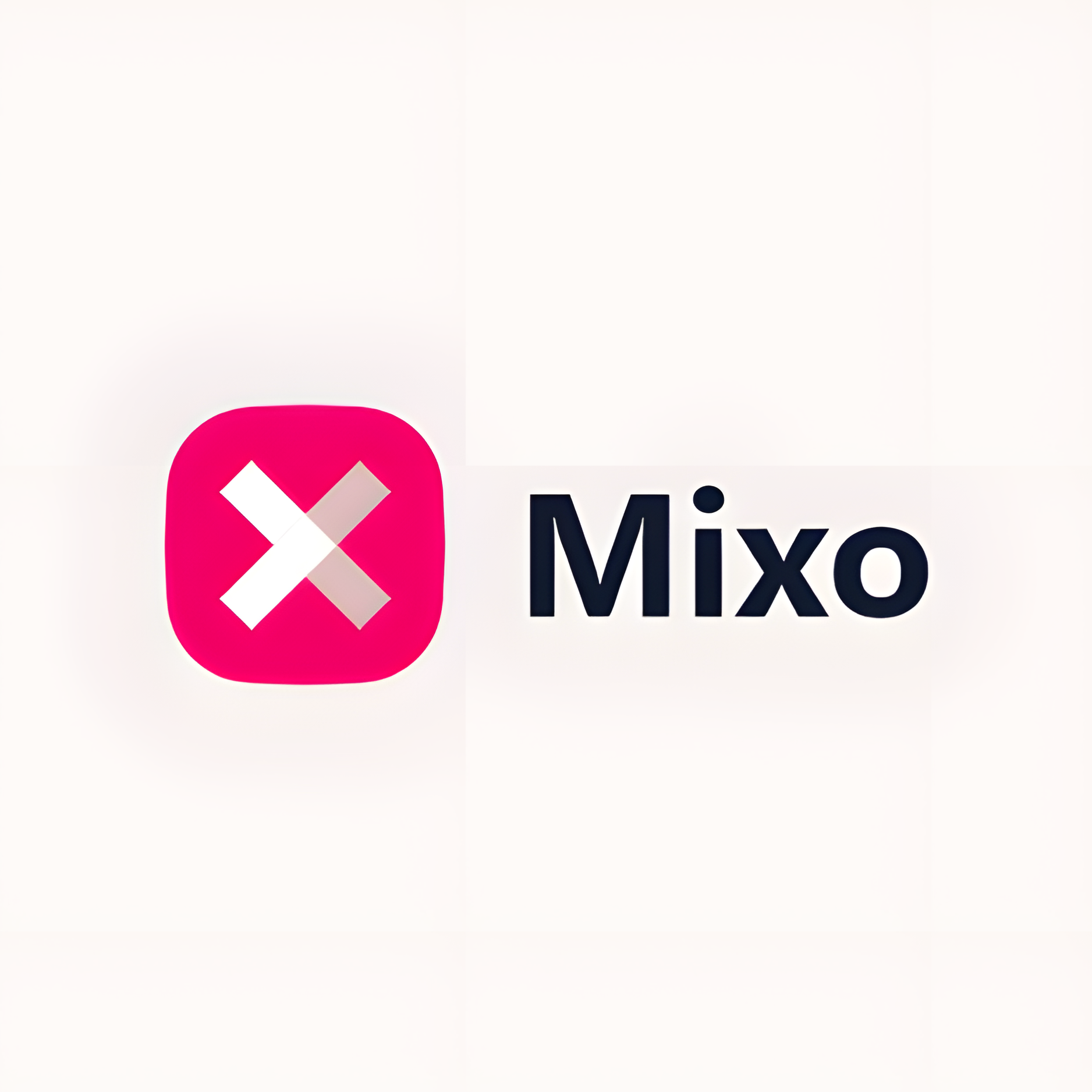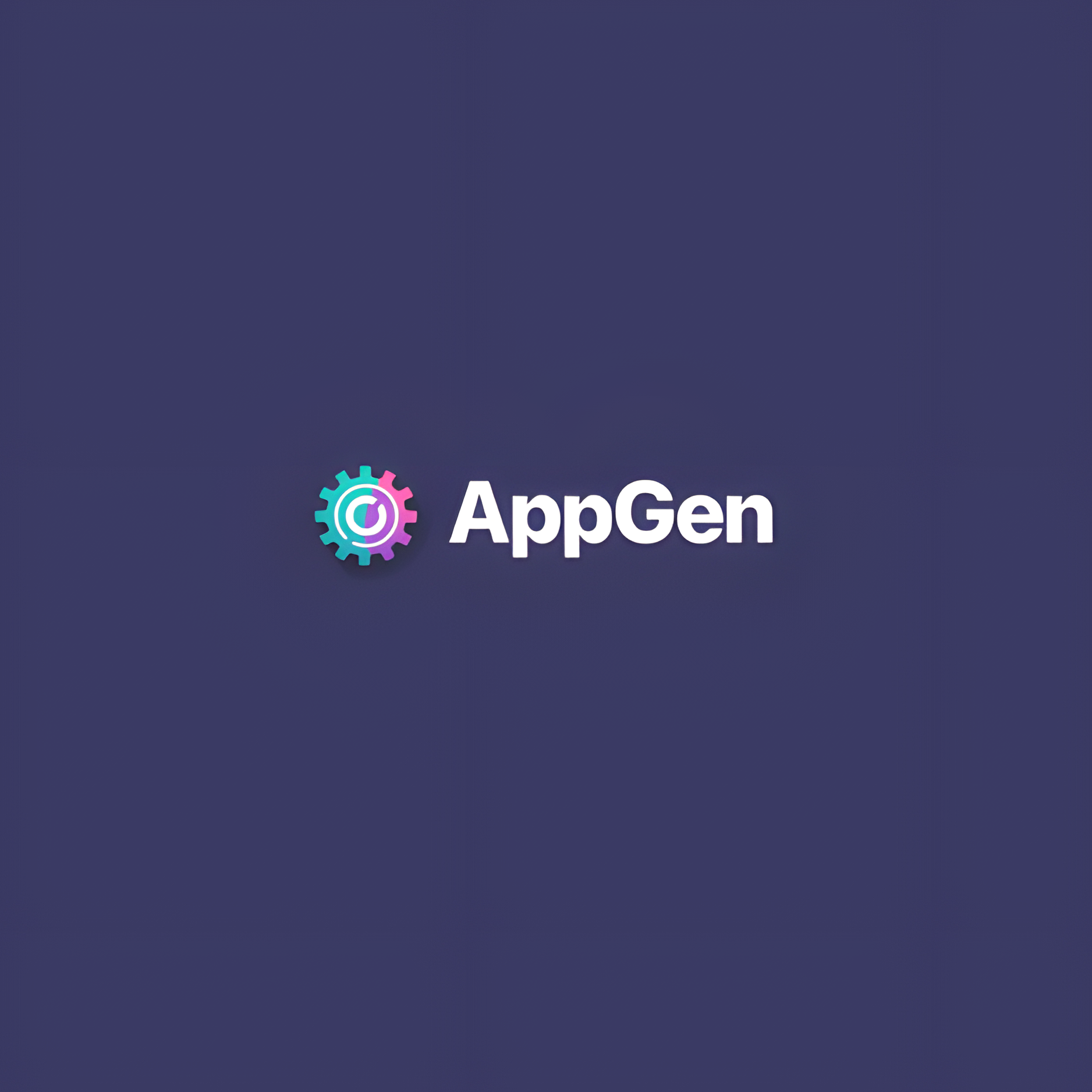Overview
GPTKit, developed by Dreamsoft Innovations, is a cutting-edge AI text generation detection tool designed to distinguish between human-written and AI-generated text. Leveraging a sophisticated multi-model approach that incorporates six distinct detection methods, GPTKit achieves an impressive accuracy rate of up to 93%. This tool is particularly useful for a diverse array of users including educators, professionals, students, content creators, and freelancers who seek to ensure the authenticity of their text.
The platform supports analyses of up to 4096 characters for free for guest users, with a higher limit of 6144 characters available to registered users. Additionally, GPTKit offers functionality for team collaboration, allowing users to create groups and share usage credits, enhancing its utility for professional settings.
GPTKit is currently optimized for texts in English and is powered by a robust detection engine trained on over 1 million datasets. It has been rigorously tested with more than 100,000 responses from both human sources and AI models like ChatGPT. Dreamsoft Innovations is committed to continuous improvement of the tool’s accuracy and efficiency. For user privacy and data security, all analyzed content is temporarily stored and then permanently deleted post-analysis, ensuring confidentiality. GPTKit stands out by providing detailed, reliable reports on text authenticity, making it an essential tool for verifying content integrity in today's digital age.
Key features
- Multi-model detection: Utilizes six different methods to distinguish between human-written and AI-generated text, ensuring high accuracy.
- High accuracy rate: Trained on 1 million datasets, GPTKit achieves up to 93% accuracy in detecting AI-generated content.
- Free initial usage: Offers free analysis of the first 4096 characters for guest users, with registration increasing the limit to 6144 characters.
- Team collaboration: Allows registered users to create teams and share usage credits, enhancing collaborative verification efforts.
- Detailed authenticity reports: Provides comprehensive reports on the authenticity and reality of the analyzed text, aiding in content verification.
- Privacy-focused: Ensures user data privacy by temporarily storing data for analysis and deleting it post-detection process completion.
 Pros
Pros
- Real-time analysis: Provides instant feedback on text authenticity, allowing users to make quick decisions about the content's origin.
- API integration: Easily integrates with other platforms and systems through a robust API, facilitating seamless workflow automation.
- Scalable solutions: Designed to handle large volumes of text, making it suitable for both small projects and enterprise-level needs.
- User-friendly interface: Features an intuitive and easy-to-navigate interface, ensuring a smooth user experience even for non-technical users.
- Continuous updates: Regularly updated to adapt to new AI writing styles and techniques, maintaining its effectiveness over time.
 Cons
Cons
- Resource intensive: Requires significant computational power for processing, potentially slowing down other operations on less capable devices.
- Limited language support: Currently supports only English, which restricts its usability for non-English texts and users.
- Complex interface: The user interface may be challenging for beginners or non-technical users to navigate effectively.
- Update dependency: Regular updates are necessary to maintain accuracy, which might interrupt continuous usage or require additional adjustments.
- No offline capability: Requires a constant internet connection to function, limiting its use in areas with poor connectivity.











